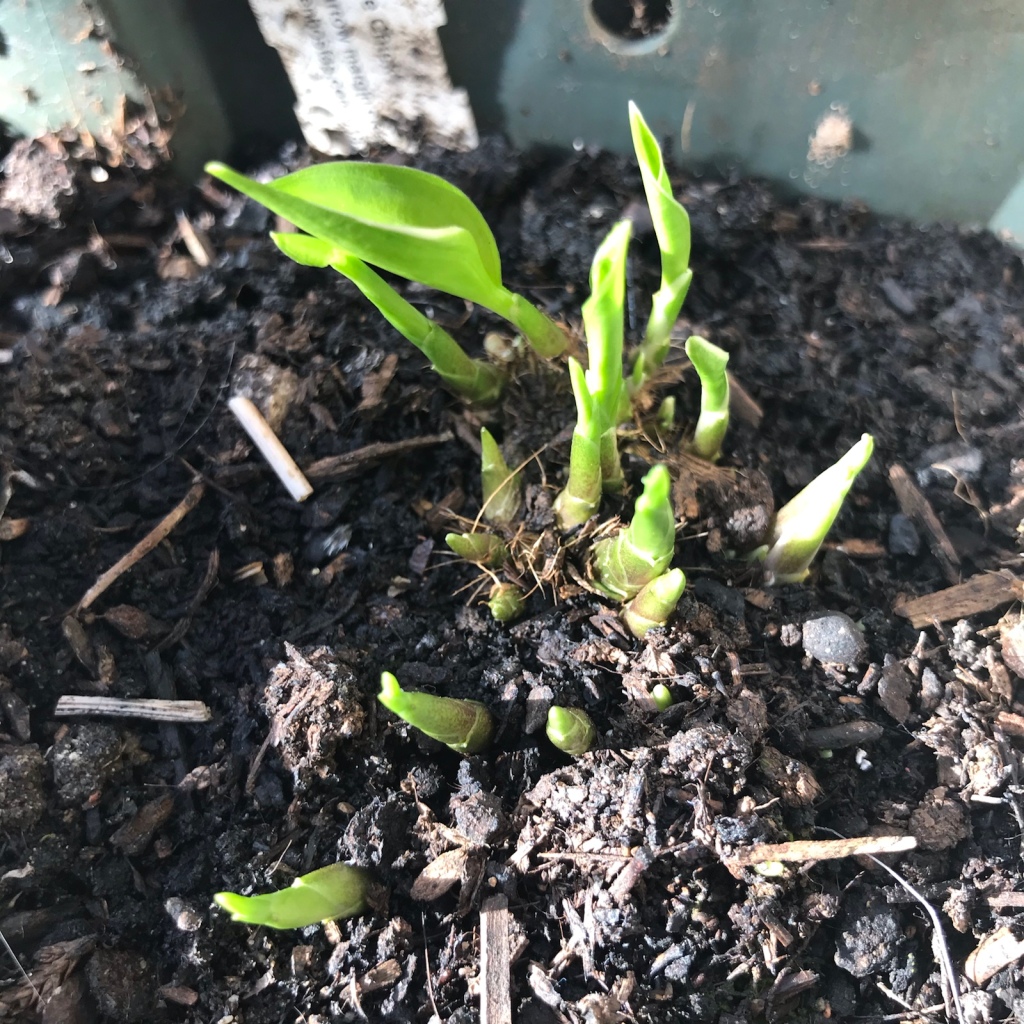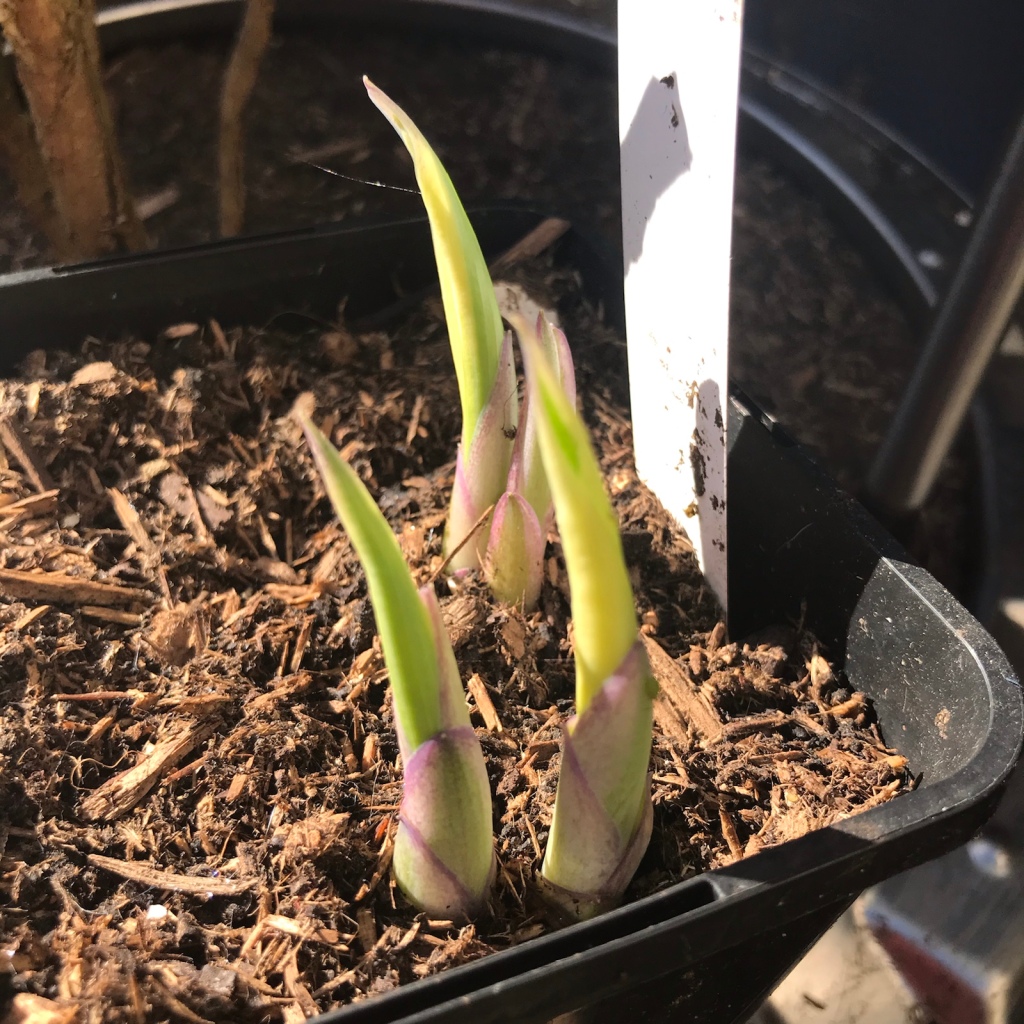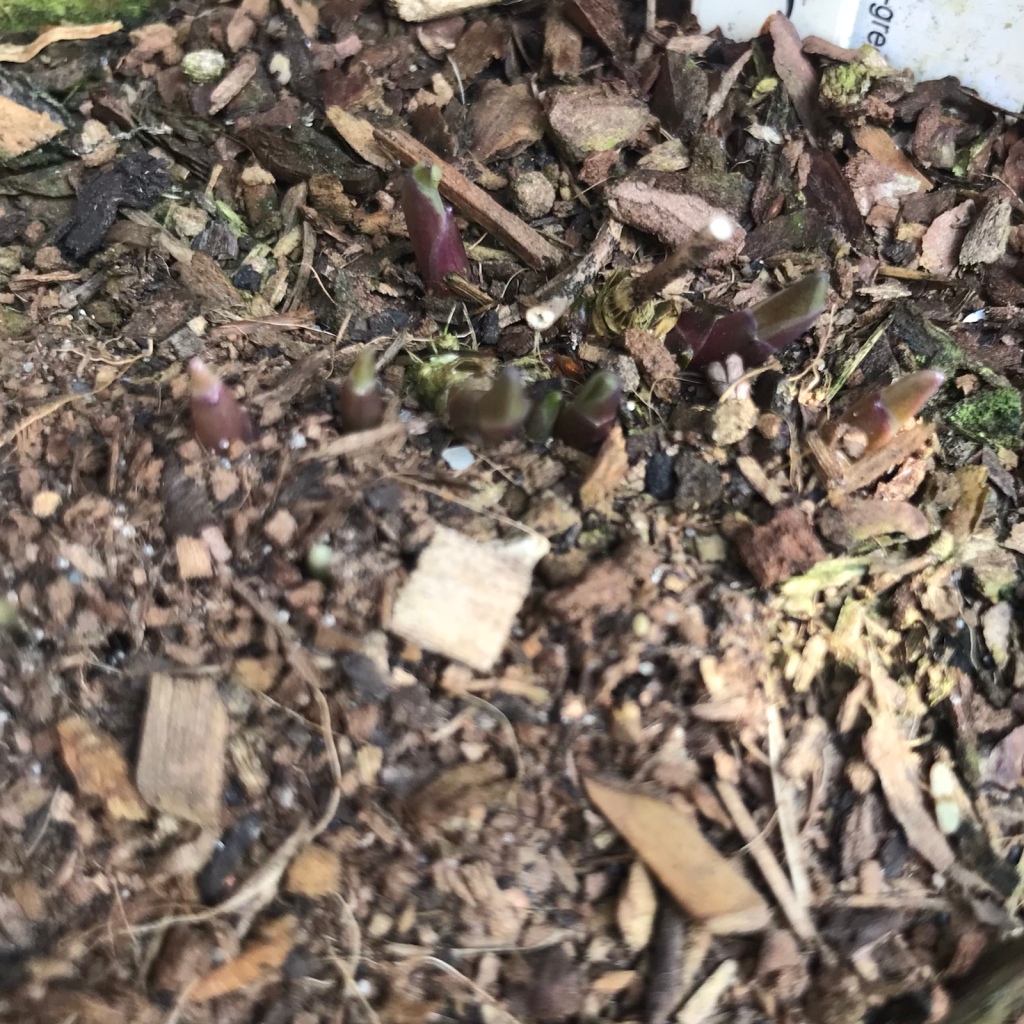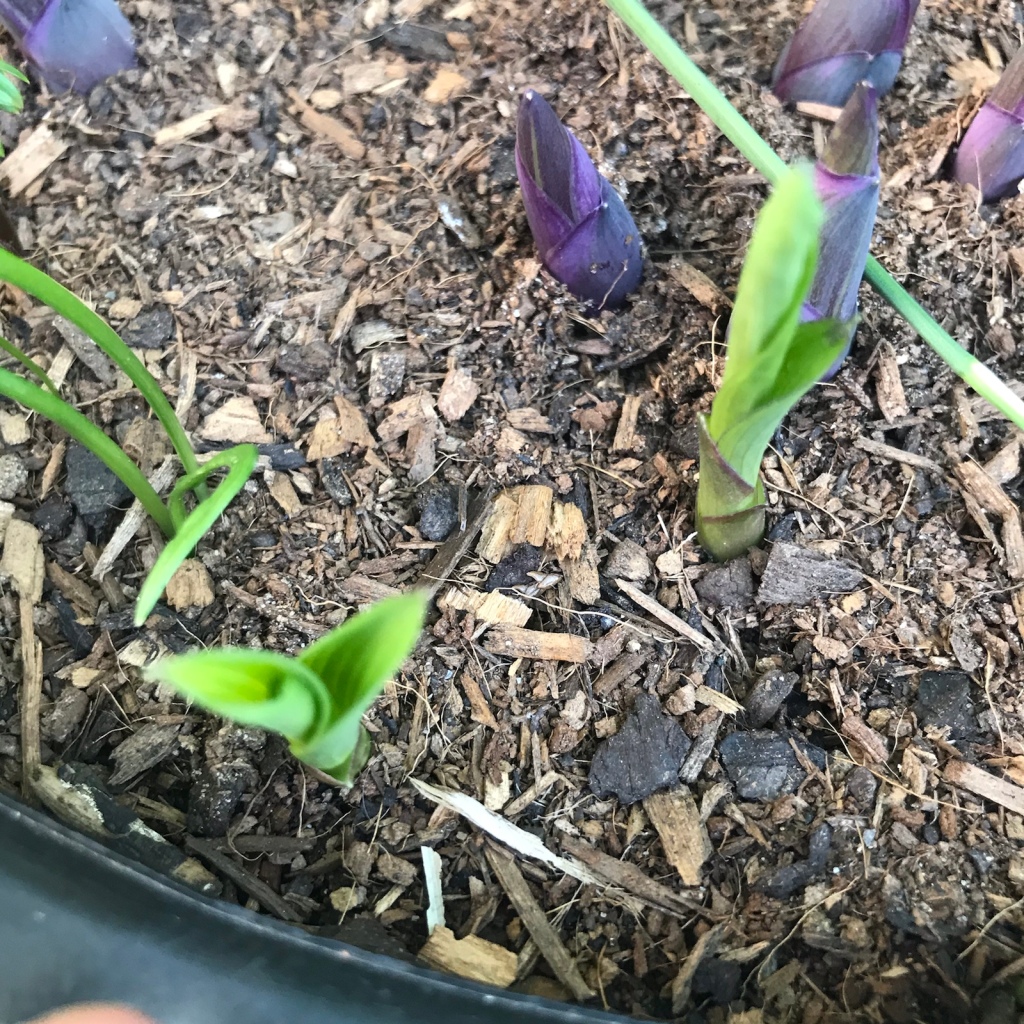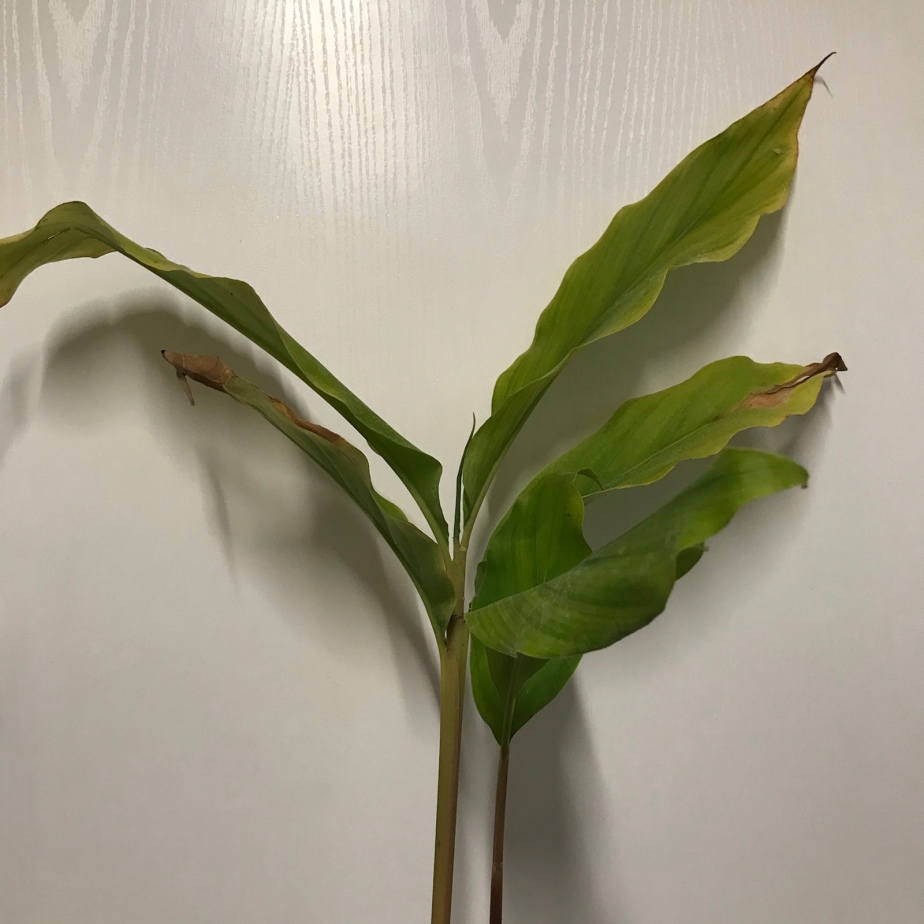When you have such a small space the idea of a climber maybe the last idea on your mind.
I grew very few climbers in my narrow yarden until lockdown that is. Something that had never really crossed my mind.
I bought a jasmine for a pound from an allotment open day some years ago and planted this in my yarden. It has grown so well and the flowers smell divine.

With the jasmines success I decided to add a couple more climbers.
When people think of climbers they think of clematis, honeysuckles, roses, yet there are so many climbers out there and there will definitely be one (or six) for you.
If you’ve read any of my posts before you’ll know I love the jungle and exotic feel, but other things are really important to me too.
A garden with scent adds a totally different dimension and there are many climbers out there that can help with this, of course the jasmine I grow is one of those.
Having researched I decided I wanted to grow a holboellia, they have leaves that remind me of the umbrella plant. Waxy, nice sized and every green, and there are a multitude to chose from.

I decided to visit Crûg Plant Farm in North Wales as they grow many of these and they have the experience to offer also.
After a lengthy chat I chose Holboellia brachyandra, which I believe is not so readily available. It has the lush green waxy leaves as mentioned and highly scented creamy flowers, strangely it grows the male and female flowers in the same bunch.

Of course the way these plants were performing it just got me hooked and I got to finding more.
I stumbled across this next plant, in a local garden centre – Bud. Strangely unusual green perennial climber. It has five lobed leaves that look very similar to marijuana (or so people always remark).
This is Gynostemma pentaphyllum, or poor mans ginseng. It’s an extremely fast grower, dying back in the winter and returning just as fast in the spring.

What I particularly like is that it clings and climbs but when it drops it gives that jungle feel.
It is grown primarily for its leaves and its renown herbal properties. It must flower, yet I never notice them until I see the tiny black seed pods.
However I will say I add a WARNING note with growing this. I wouldn’t grow it if I had a garden with soil. A good friend of mine, originally from Japan, said ‘it’s a weed, takesover everywhere’ and if I had soil I have no doubt. It has found its way into other pots, other planters and I am regularly cutting it back and removing it.
I added yet another climber, again with lovely foliage as well as a nicely scented flower. It’s also a cousin of the Holboellia.
This is Akebia quinata ‘Cream Form’, a fast grower with tiny scented cream coloured flowers.

I now grow three forms of this, the plain Akebia quinata or Chocolate Vine, Akebia longeracemosa and the one mentioned above. They are fast growing and I would say they need to be kept in check.
I didn’t mention but both Holboellia and Akebia are able to produced large blue sausage like fruit if they have another local plant to cross pollinate. I doubt this will happen with my plants, yet it’s important to share. These fruits are a delicacy in some counties.
Another friend asked me if I wanted to add anything to an order, like any good friend would, so I carefully looked through the list.
The next plant was a real gamble, I didn’t know if it would grow well or even survive in my yarden. I’m happy to say it was a gamble well worth making.
This is Bomarea edulis syn. hirtella, you may see it’s resemblance to the much loved alstroemeria, quite rightly so, it is their climbing cousin.
This climber dies right back in winter, and out of no where climbs to great heights and sends out fireworks of these colourful flowers, which last a fair time and keep coming.

When they stop flowering even their seed pods look great! what do you think?

As you can see I have become slightly obsessed, I’m aiming to have interest from climbers throughout the year.
With that in mind I also purchased this beautiful little flowering climber. It is Tropaeolum tricolour. A very useful climber as it grows when most others are dormant and dies down when others are about to take over the show.

In fact the Tropaeolum family have impressed me so much that I’ve added more to the collection.
So far I have only mentioned evergreen or perennial climbers, but we mustn’t forget the numerous annual climbers out there.
This year I deceived to try and grow a few from seed, many grew however life got in the way and I lost many. However this unusual delicate climber was strong enough to pull through.
This is Cardispermum halicacabum, it’s name in itself gives me joy, it has tiny little white flowers with fern like foliage but the main reason I think you’d grow this is the almost balloon shaped seed pods.

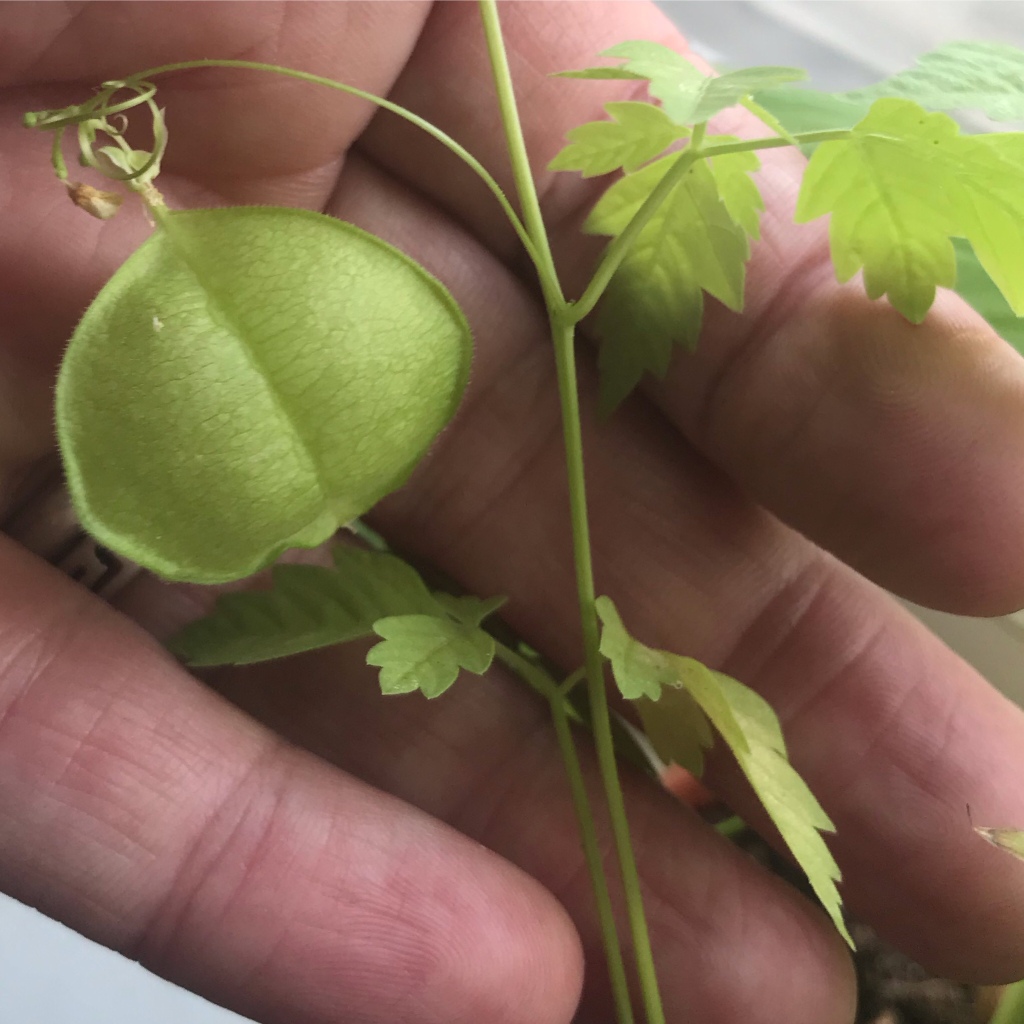
I think I’ve gone on long enough, I have quite a few of the climbers however there are more so I’ve listed them:
- Actinidia arguta ‘Issai’ (Mini kiwi)
- Apios americana
- Clematis alpina
- Dioscorea batatas
- Fuchsia ‘Lady Boothby’
- Jasminium beesianum (Pink jasmine)
- Lonicera halliana (Honeysuckle)
- Muehlenbeckia complexa
- Periploca praeca (Silk vine)
- Tropaeolum ciliatum
- Tropaeolum speciosum
- Tropaeolum tuberosum ‘Ken Aslet’
- Vitis labrusca ‘Isabella’
- Vitis vinifera ‘Muscat of Alexandria’
Many of these are still new to me and I wouldn’t like to comment on them as yet.

As you can see, climbers give height, they give cover, added interest and more.
Will you be adding more climbers to your green space?
















